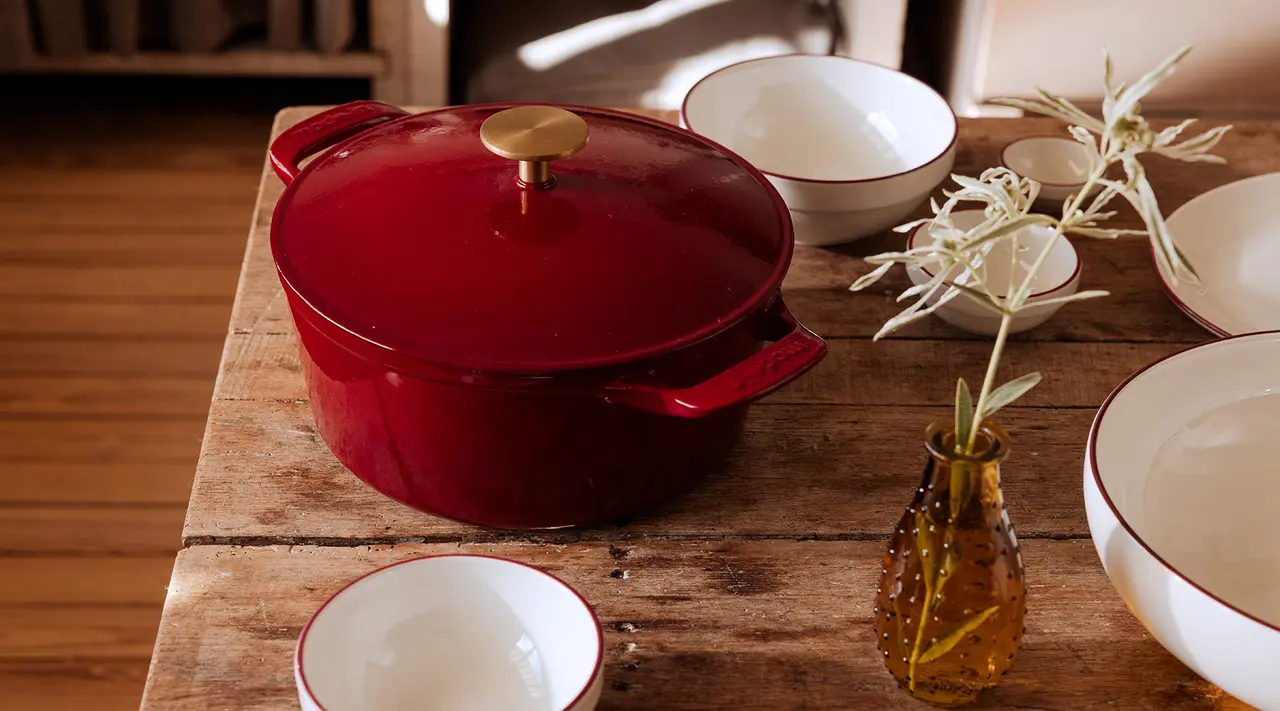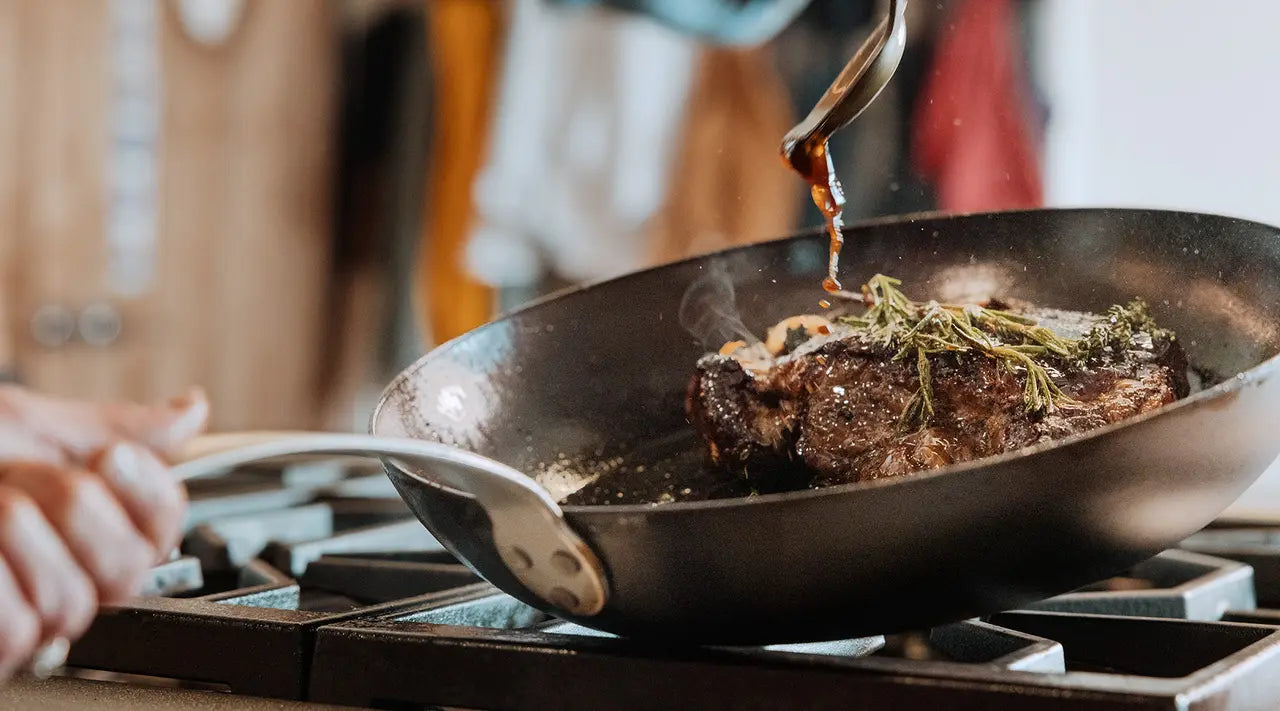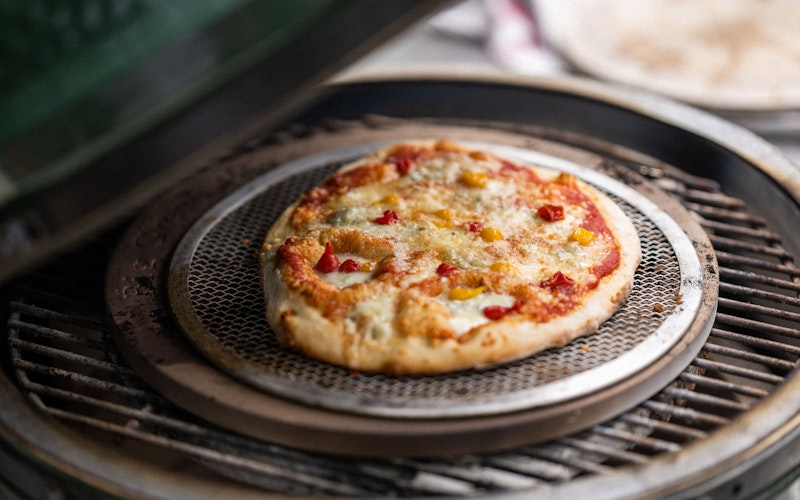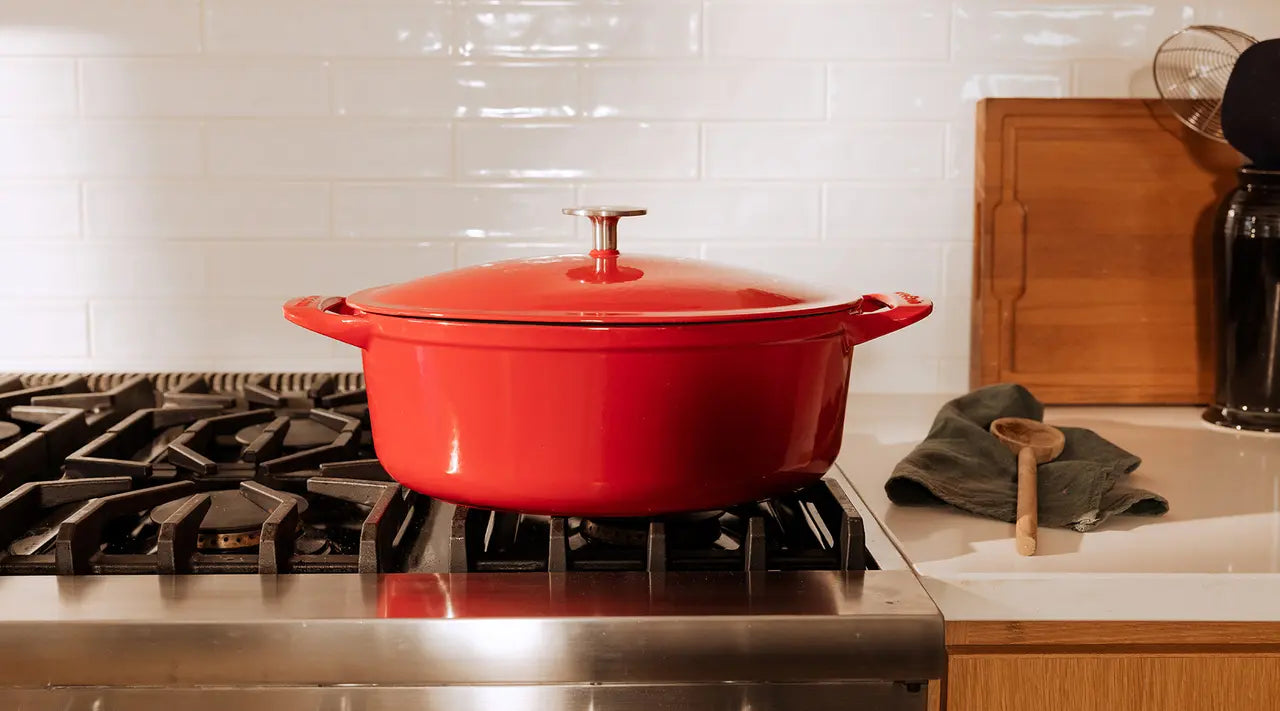Enameled cast iron cookware has long been a favorite in both professional kitchens and home setups for its versatility, durability, and aesthetic appeal. But if you are a kitchen professional, understanding how hot these pieces can safely get is crucial for achieving culinary perfection while prolonging the life of your cookware. So, how hot can enameled cast iron get? Let's dive deep into the temperatures and techniques that balance performance and safety.

Why Enameled Cast Iron Is Popular Among Professional Chefs
Enameled cast iron is distinct due to its combination of superior heat retention, beautifully glazed finish, and adaptability. Whether searing a steak or slow-cooking a stew, the material manages heat efficiently within a wide temperature spectrum. However, every tool has its limits. Kitchen professionals must adhere to safe operating temperatures to avoid damage to the cookware or unintended safety hazards.
The Safe Temperature Range for Enameled Cast Iron
The maximum safe temperature for most enameled cast iron cookware is approximately 500F (260C). This limit is applicable regardless of whether you're using it on a stovetop, in an oven, or even on a grill. While enameled cast iron can technically withstand higher temperatures, prolonged exposure beyond this threshold can crack or discolor the enamel, reducing the cookware's lifespan.
For comparison, traditional cast iron (without enamel) has no such limitations and can handle extreme temperatures, making enameled options slightly less forgiving in high-heat cooking scenarios. That said, the trade-off is worth it for those looking to prioritize ease of cleaning and aesthetics.
Common Uses of Enameled Cast Iron in Professional Kitchens
In professional kitchens, enameled cast iron excels at tasks such as braising, roasting, baking, and simmering. Here's why its heat tolerance is vital:
- Searing Proteins: Achieving a deep, rich crust on steaks or pork chops requires temperatures near the maximum range (400F to 500F). This is why understanding how to cook filet mignon properly is crucial.
- Oven Cooking: Dishes like casseroles, bread, or roasted vegetables often require baking at high temperatures. Kitchen professionals rely on cast iron recipes that make full use of this material's capabilities.
- Long Simmering: Low-to-medium heat simmering is where enameled cast iron shines, perfect for soups and stews that develop flavors over hours.
Proper Techniques to Avoid Overheating
Despite its durability, improper use can lead to problems. Follow these guidelines to keep your enameled cookware in excellent condition:
- Avoid prolonged empty heating: Preheat the pot gently, and never let it sit empty on high heat for extended periods.
- Opt for low-to-medium heat: The material retains heat well, so excessive high heat isn't necessary for most tasks.
- Use silicone or wooden utensils: Metal utensils can chip the surface if overheated, even under normal use.
For more detailed tips on proper maintenance, check out this comprehensive cleaning guide.
Risks of Exceeding Safe Temperatures
If you push your cookware beyond its temperature limit, several problems can occur:
- Chipping and Cracking: The enamel layer, although hard, is still vulnerable to extreme thermal shock.
- Discoloration: Overheating can cause noticeable browning or dulling of the enamel glaze.
- Loss of Non-Stick Properties: Excessive heat can compromise the surface's ability to resist sticking.
FAQs
Can enameled cast iron be used directly on a grill?
Yes, but take extra precautions. Avoid direct flame contact and monitor the temperature closely to stay within the safe range.
How can I measure cooking temperatures accurately?
Use an infrared thermometer or stove with precise heat settings to keep consistent and avoid surpassing safe limits.
What steps should I take if I accidentally overheat enameled cast iron?
Let it cool naturally. Rapid cooling can cause further damage. Once cooled, inspect for chips, cracks, or discoloration, and consult manufacturers if necessary.
For additional reading, you may want to explore how long enameled cast iron lasts with proper care.

Conclusion
Understanding how hot enameled cast iron can get is essential for any kitchen professional. While its heat tolerance is high, staying within the safe range ensures long-lasting performance and avoids potentially unsafe situations. With proper handling, enameled cast iron remains one of the most versatile tools in the culinary world.
This article contains affiliate links. We may earn a commission at no extra cost to you.






Leave a comment
This site is protected by hCaptcha and the hCaptcha Privacy Policy and Terms of Service apply.